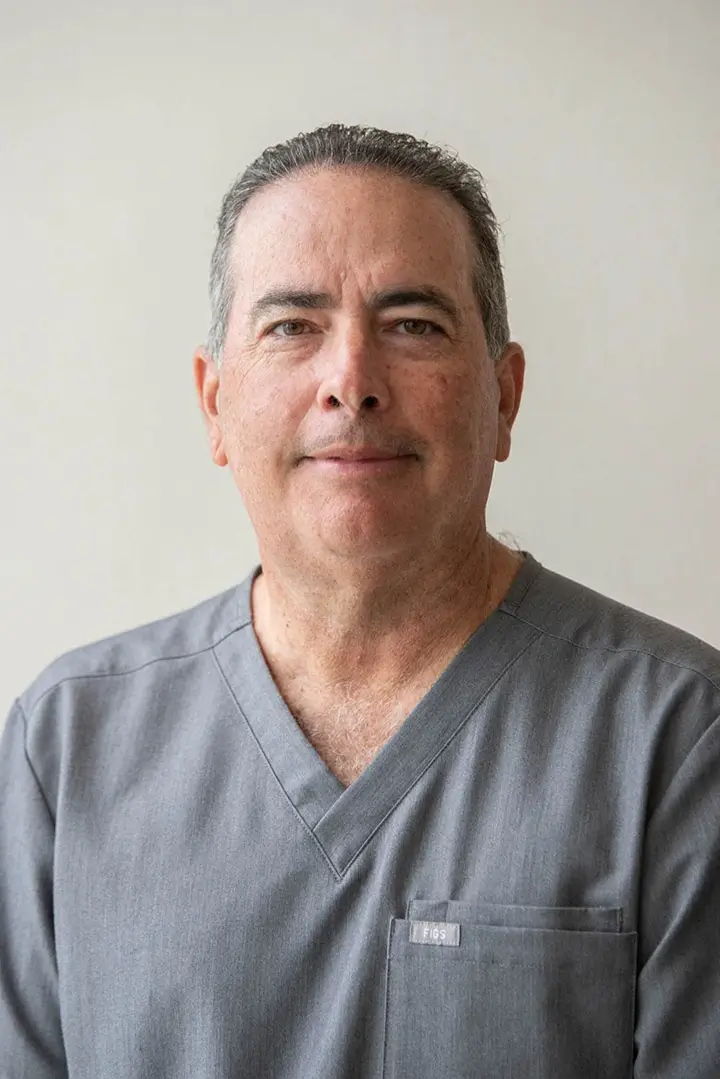Huffington Post
Timothy Ray Brown, also known as the “Berlin Patient,” received a bone marrow stem cell transplant in 2007 as part of a lengthy treatment course for leukemia. What was unique about Mr. Brown was that he was HIV positive. He now is HIV negative.
In the December 8th issue of the journal Blood, a scientific paper by Dr. Kristina Allers (kristina.allers@charite.de) entitled “Evidence for the cure of HIV infection by CCR532/32 stem cell transplantation” provided data documenting what is believed to be the first case of a human being cured of HIV by stem cell transplant.
HIV is known to kill patients by depleting an essential component of the immune system called the CD4 T cell. This cell is called the “helper cell” because it coordinates the antibody and cytotoxic arms of the immune response. HIV infection replicates within the CD4 cells and causes their death. Once patients lose their CD4 T cells they become highly susceptible to infections, which eventually results in their death.
Entry of the virus into CD4+ cells requires interaction with a protein called a “cellular receptor”. The main receptor by which HIV enters T cells is the CD4 protein. It was subsequently discovered that a second receptor is needed for the virus to enter, this second receptor can be either a protein called CCR5 or CXCR4. The importance of this “coreceptor” is that some people who are resistant to HIV infection have a different genetic make-up of the coreceptor which does not allow HIV entry. Molecular analysis of these people revealed that the specific CCR532/32 subtype was associated with resistance.
In bone marrow transplantation, the blood making stem cells (hematopoietic stem cells) of the recipient are destroyed by high dose chemotherapy/radiation, and new stem cells from the donor are administered. Theoretically, if the donor possesses the “resistance gene”, then the recipient should end up with CD4 T cells that are resistant to HIV infection.
In the recently published paper, doctors from the Charite Hospital in Berlin report the continued follow-up of the “Berlin patient”. The authors previously reported that the patient was HIV-infected but viral replication remained absent despite discontinuation of antiretroviral therapy after transplantation with stem cells from a donor containing the resistance-associated CCR532/32 mutation. It was expected that the long-lived viral reservoir would lead to HIV rebound and disease progression during the process of immune reconstitution. In the current report the doctors demonstrated successful reconstitution of CD4+ T cells throughout the body, as well as in the gut mucosal immune system following the stem cell transplantation, while the patient remains without any sign of HIV infection.
Interestingly, despite the fact that the patient appeared to be negative for HIV, a high proportion of activated memory CD4+ T cells were observed. These cells are known to be extremely sensitive to HIV infection. Furthermore, they demonstrated that during the process of the immune system re-establishing itself, they found evidence for the replacement of long-lived host tissue cells with donor-derived cells. The authors conclude by stating that “our results strongly suggest that cure of HIV has been achieved in this patient.”
While this protocol is theoretically useful for the cure of HIV, the major drawback is that there is a severe shortage of bone marrow donors in general, and specifically donors that have the HIV-resistance mutation. For this reason, companies such as Benitec, are using genetic engineering technologies in order to artificial produce such mutations. Under this scenario cells are taken from the bone marrow of an infected patient, stem cells are purified, and transduced with genetic material that artificially-cause this mutation.

